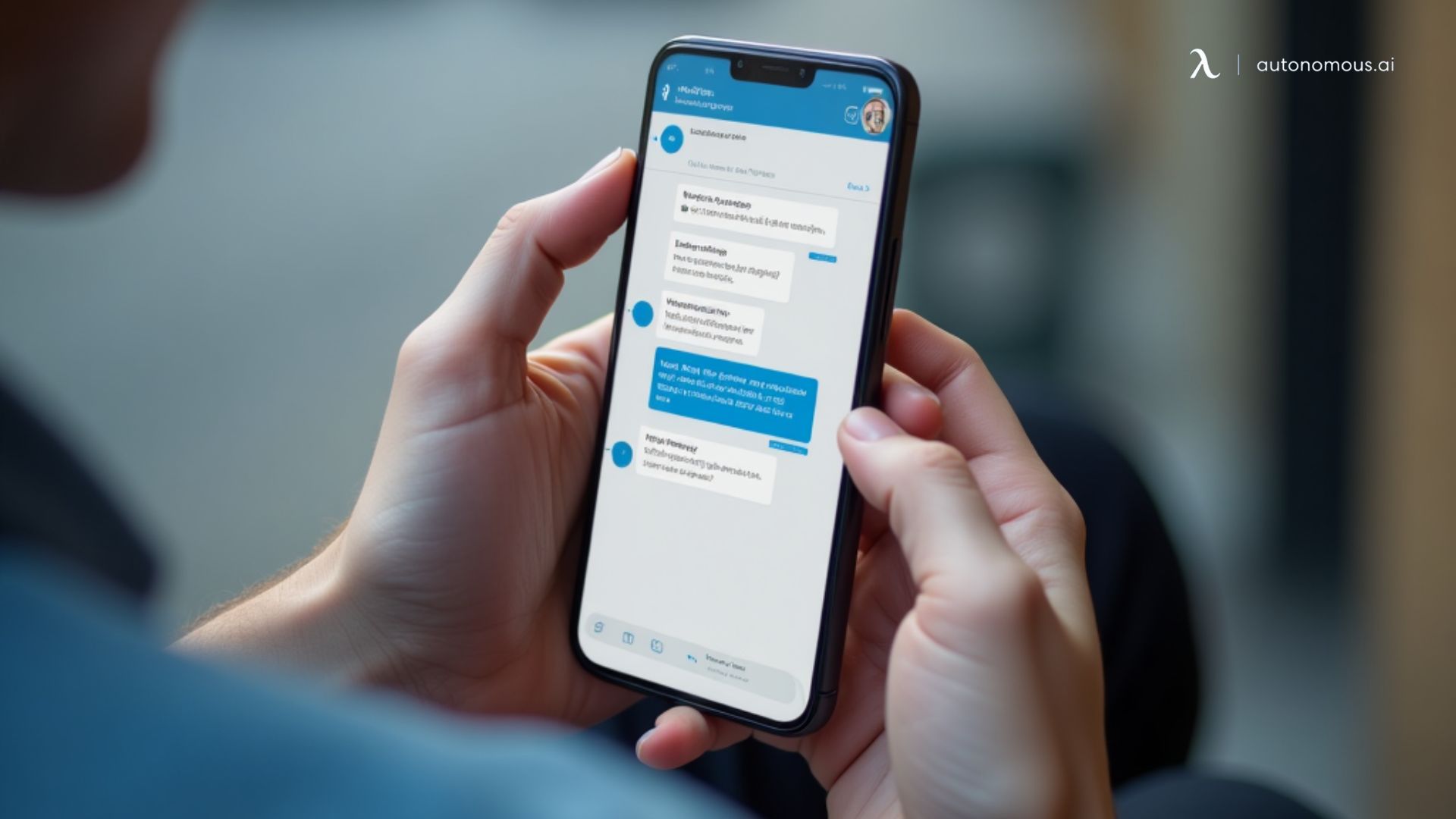
Chatbot vs. Live Chat - Which is Better for Your Business?
Table of Contents
In the digital age, businesses often compare chatbot vs. live chat solutions to enhance customer support. Customer service expectations are at an all-time high, with consumers looking for quick, accurate responses and personalized support. Understanding the difference between chatbot and live chat is crucial for businesses aiming to boost efficiency, improve customer experience, and optimize costs.
This blog explores the benefits and limitations of chatbots and live chat, guiding you on which to choose—or whether combining them might be your best strategy.
Chatbot vs. Live Chat: Key Differences
What is the difference between live chat and chatbot? Let’s explore with us!
Defining Chatbots
Chatbots are AI-driven tools that automatically handle customer inquiries. They’re often programmed to answer simple questions, guide customers through common processes, and provide 24/7 support—even when human agents aren’t available.
For example, a chatbot can be trained to assist with FAQs, order tracking, and appointment scheduling, helping to alleviate workload from live agents and delivering consistent answers at scale. Chatbots also continuously improve through machine learning, adapting to user behaviors and preferences.
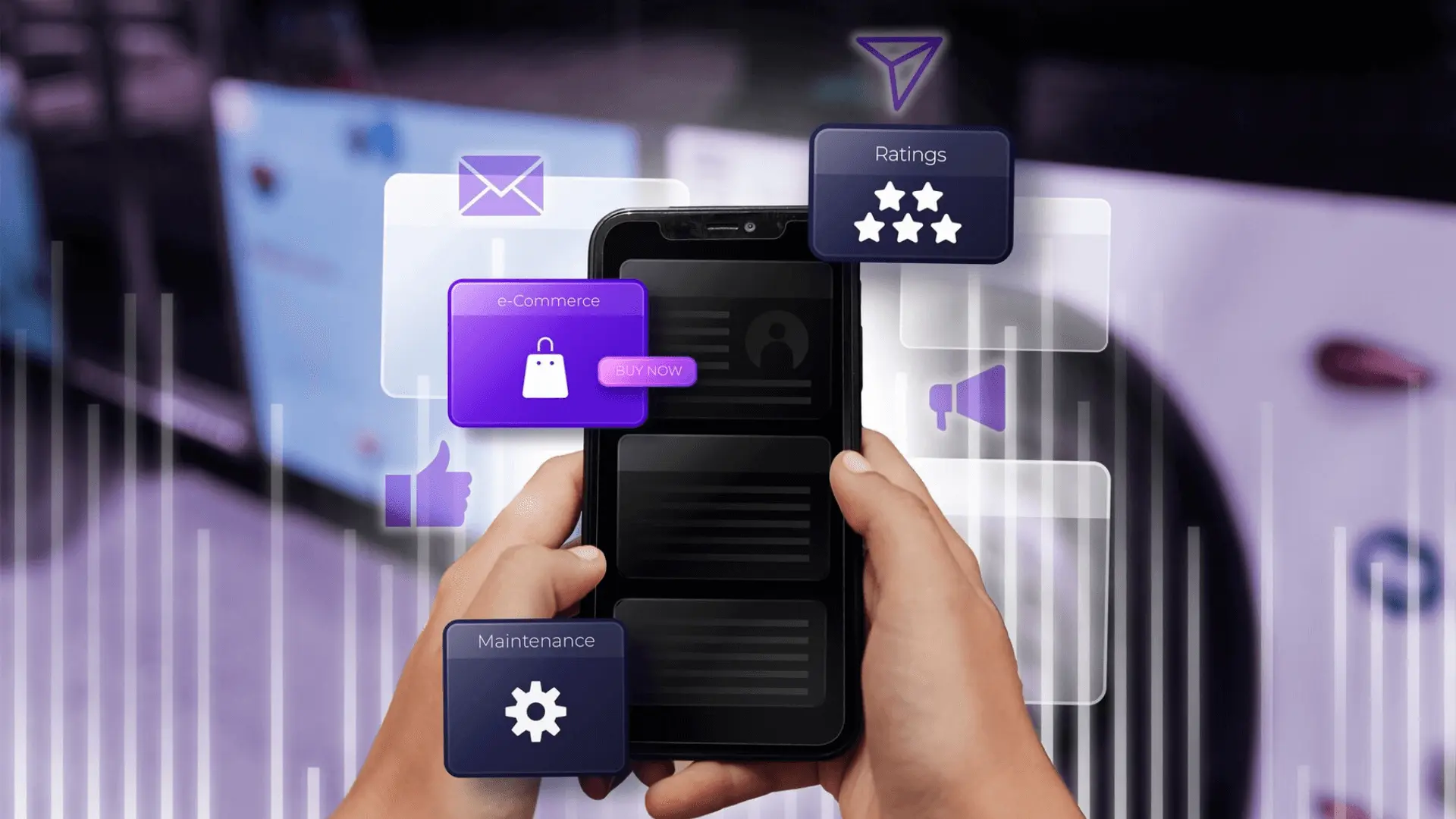
Strengths of Chatbots
- 24/7 Availability: Chatbots are always on, offering support outside of standard business hours and accommodating customers in different time zones.
- Instant Responses: Chatbots provide immediate responses, reducing wait times and improving the customer experience, especially for simple or repetitive inquiries.
- Cost-Effective: Once implemented, chatbots are generally less expensive than maintaining a full staff of live agents, making them a budget-friendly solution.
- Scalable: Chatbots can handle multiple conversations simultaneously, accommodating high volumes of inquiries without compromising response time.
- Data Collection: Chatbots can efficiently gather customer information, which can be used for analytics and personalized marketing strategies.
Weaknesses of Chatbots
- Limited to Simple Queries: Chatbots are best suited for basic or repetitive questions. They often struggle with complex or nuanced inquiries that require human intervention.
- Lack of Human Touch: While chatbots can be programmed to sound conversational, they lack the empathy and adaptability that human agents bring to sensitive or emotionally charged situations.
- Potential for Errors: Misinterpretations can happen, especially when a customer’s language or inquiry falls outside the chatbot’s training data. This can lead to frustration if the bot provides incorrect or irrelevant answers.
- Dependence on Programming: Chatbots require initial and ongoing training to perform well. Updates and refinements are needed regularly to improve accuracy and relevance.
- Limited Upselling Abilities: Chatbots may miss opportunities for personalized upselling or cross-selling, as they cannot analyze situations as creatively as a human agent might.
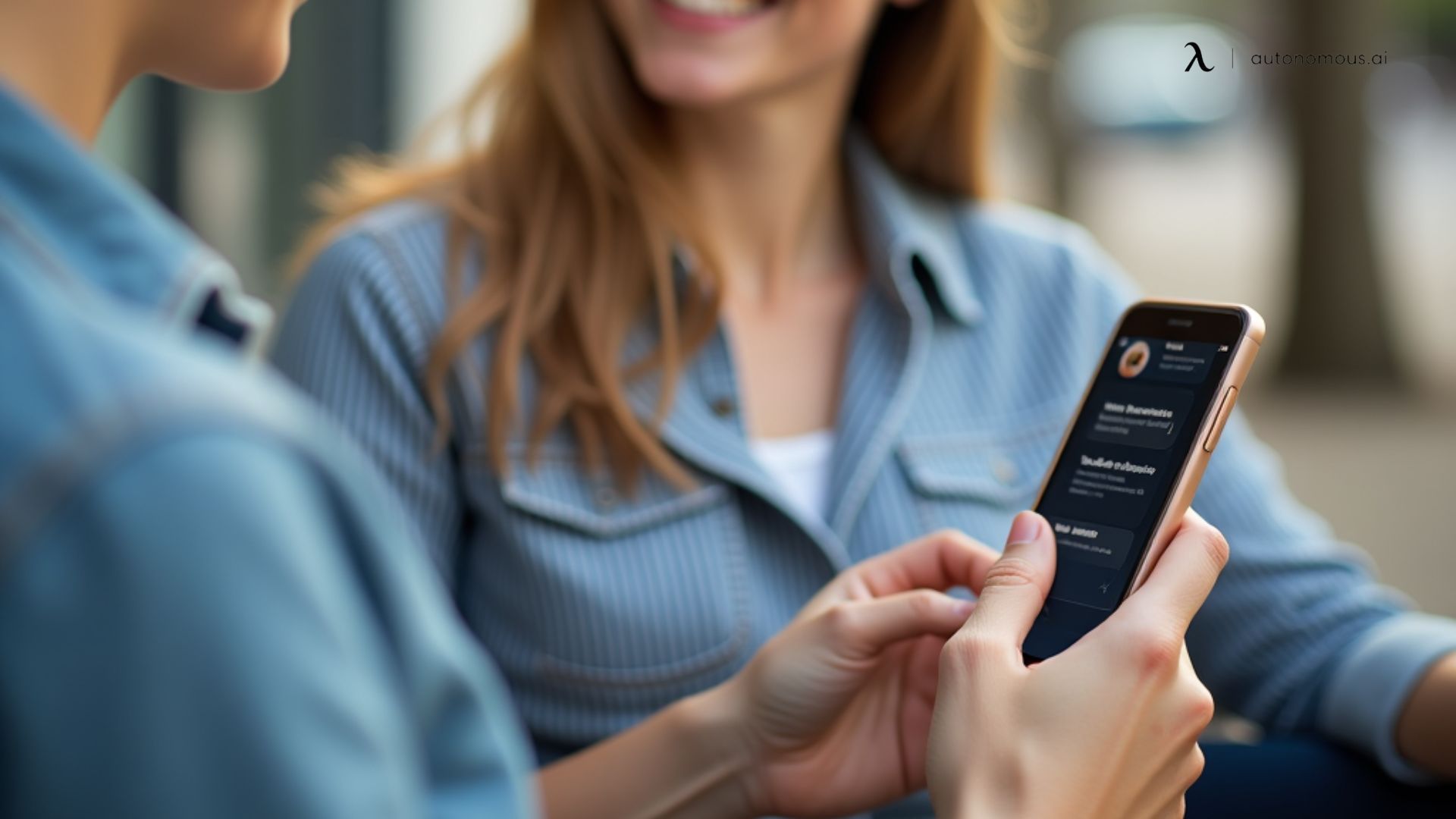
To learn more about the technology behind chatbots, read about AI language models and large language models.
Defining Live Chat
Live chat involves real-time customer communication with a human agent. Customers can ask questions and receive personalized responses, making this an ideal solution for handling more complex queries that require human judgment and empathy. Although it requires scheduling and staffing, live chat enables companies to provide a personalized experience, building stronger connections with customers and solving issues that go beyond a chatbot’s capabilities.

Strengths of Live Chat
- Personalized Service: Live agents can understand customer needs in a more nuanced way, providing tailored responses and personalized assistance.
- Ability to Handle Complex Queries: Unlike chatbots, live agents can address complex or multi-faceted questions, follow up with probing questions, and provide solutions that adapt to evolving conversations.
- Empathy and Emotional Intelligence: Human agents bring emotional intelligence to interactions, which is especially valuable in scenarios where customers may be frustrated or need reassurance.
- Upselling and Cross-Selling Opportunities: Live agents can spot upselling or cross-selling opportunities based on the customer’s specific needs, potentially increasing revenue.
- Adaptability: Human agents can pivot the conversation, troubleshoot issues on the spot, and handle unexpected questions more effectively than a programmed bot.
Weaknesses of Live Chat
- Limited Availability: Unlike chatbots, live chat is often restricted to business hours unless staffed around the clock, which can lead to longer wait times during high-traffic periods.
- Higher Costs: Maintaining a team of live agents can be costly, as it involves staffing, training, and operational expenses.
- Slower Response Times: Response times may be longer during busy periods, leading to customer dissatisfaction if they have to wait for assistance.
- Scalability Constraints: Live chat’s scalability is limited by the number of agents available to handle incoming inquiries. During peak times, this can result in delays or the need to add more staff.
- Potential for Inconsistent Responses: Human agents may have varying styles or levels of expertise, which can lead to inconsistent customer experiences unless training is regularly standardized.
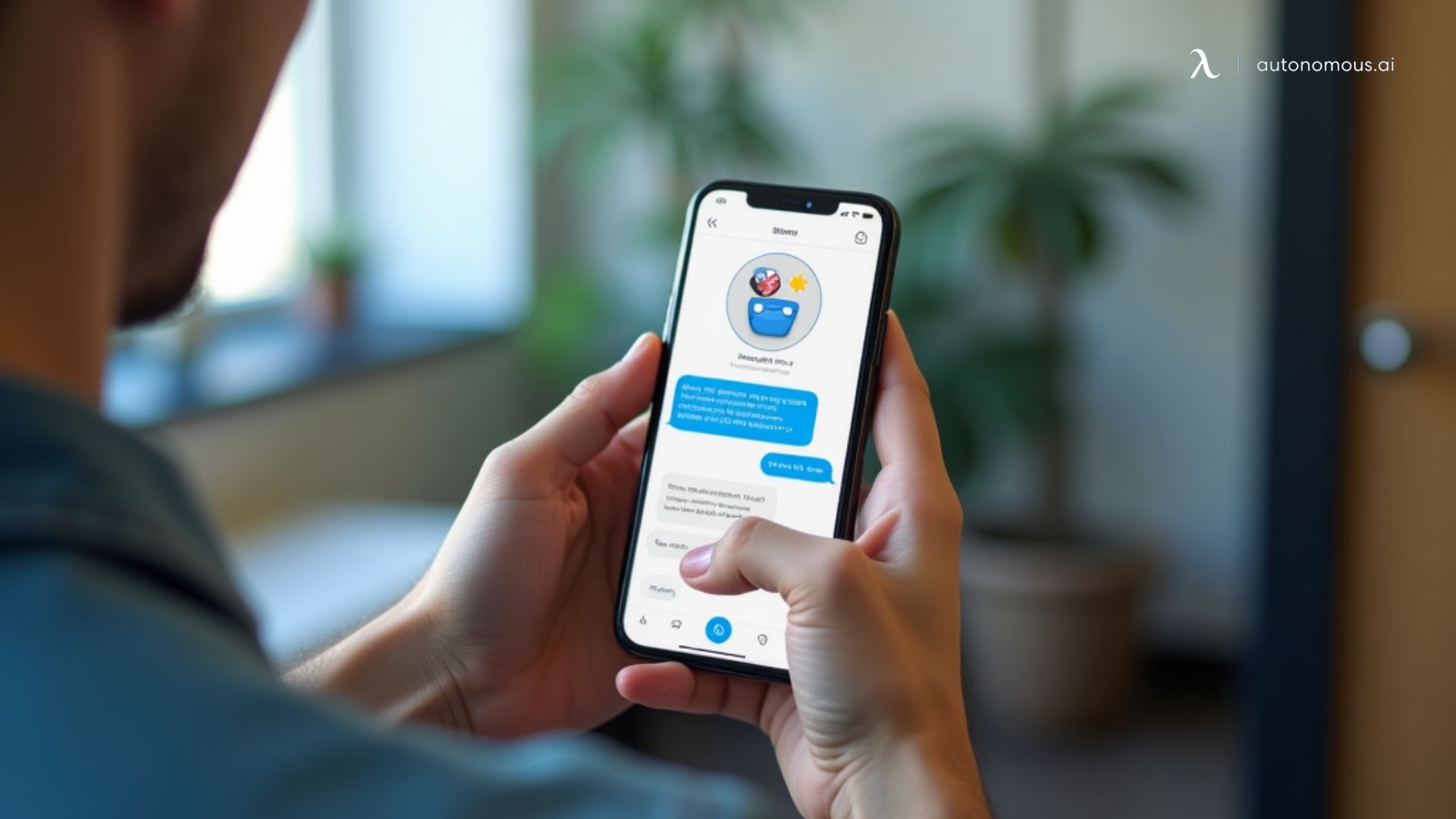
Summary Comparison
Here’s a breakdown of the differences between chatbots and live chat across key aspects:
Feature | Chatbot | Live Chat |
Response Time | Instant response | Immediate but requires agent availability |
Availability | 24/7 | Limited to business hours unless staffed around the clock |
Scalability | Can handle unlimited conversations | Limited by the number of available agents |
Cost | Typically less expensive long-term | More expensive due to staffing costs |
Complexity | Best for simple and repetitive tasks | Ideal for complex or sensitive inquiries |
Understanding what is the difference between chatbot and live chat is key to leveraging these technologies to your advantage.
How to Choose Between Chatbots vs. Live Chat?
Choosing between chatbots and live chat depends on factors like your company’s size, customer volume, budget, and types of customer queries.
Scalability Needs
If your business handles a large volume of repetitive inquiries, chatbots might be the most efficient choice. They can operate simultaneously across numerous queries, saving time and reducing human effort. For businesses with smaller teams or limited support budgets, chatbots are an economical way to support high-traffic periods.
Complexity of Customer Queries
Live chat is essential for more complex, personalized customer support. If your customers frequently need specialized help or if your business offers technical products, live chat with skilled agents can improve the customer experience. Having an agent available to interpret a customer’s tone, ask follow-up questions, and provide customized solutions is irreplaceable for complex situations.
Budget Constraints
For startups or small businesses with limited budgets, a chatbot can be a cost-effective solution, offering continuous customer support without ongoing staffing costs. However, if you have a larger budget and prioritize personalized service, live chat could be a worthwhile investment.
Want to explore AI-powered solutions? Consider AI tools like ChatGPT for hybrid approaches that offer automation with the flexibility to escalate to a live agent.
Customer Satisfaction
It’s essential to assess customer feedback. Customers with urgent needs often appreciate the immediate assistance of chatbots. However, others may expect human interaction, especially if they are experiencing frustration with an order or technical issue. Finding a balance between automation and human support is key to ensuring customer satisfaction.
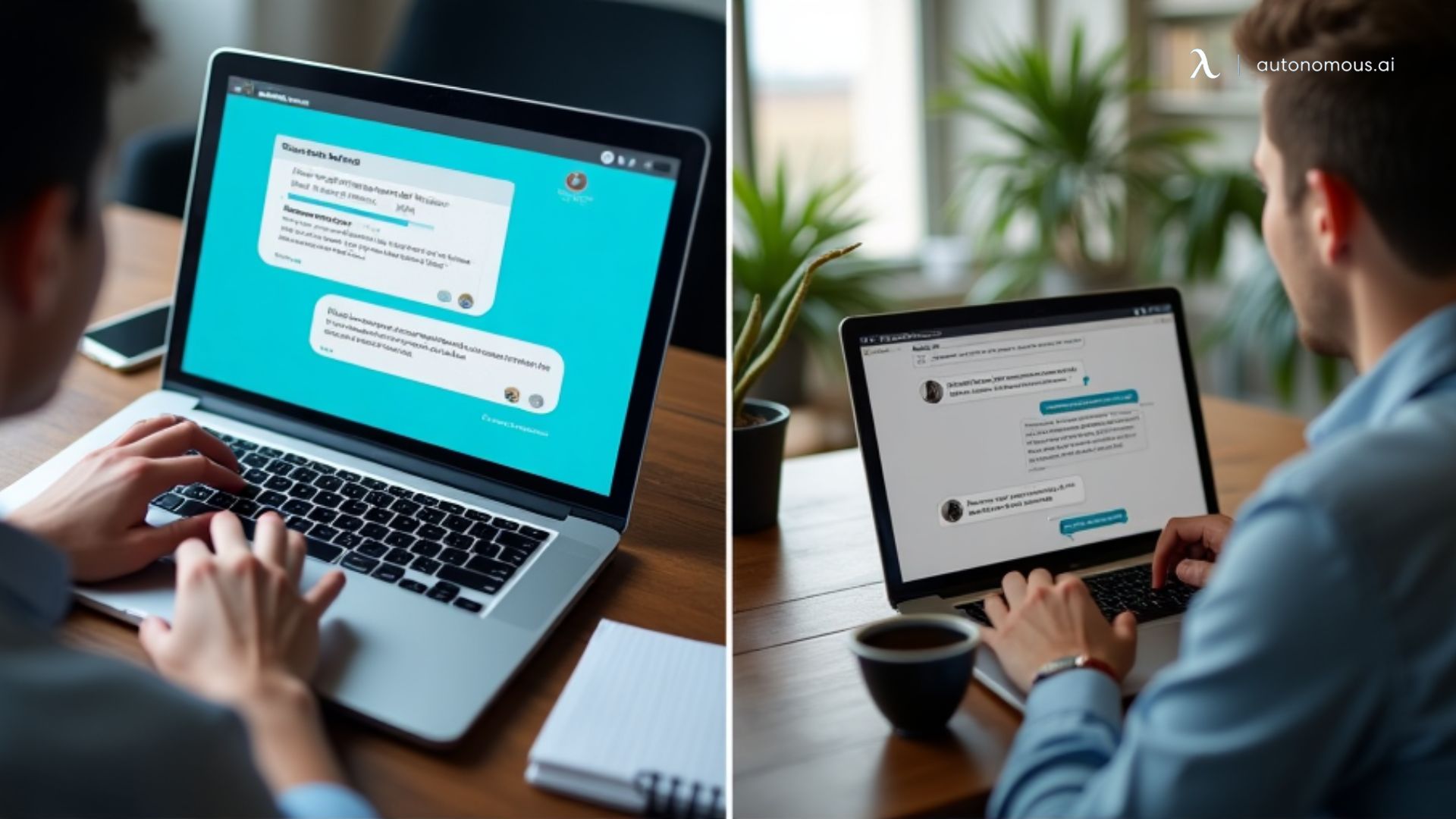
How Live Chat and Chatbots Can Be Used Together
Combining live chat and chatbots offers the best of both worlds. This approach provides an efficient way to handle high volumes of inquiries without sacrificing quality for more complex or sensitive cases. Here’s how to effectively integrate chatbots and live chat.
Add a Live Chat Widget Powered by Chatbots
A live chat widget with a built-in chatbot can greet customers, ask initial questions, and resolve common issues without human intervention. If the chatbot determines that an inquiry requires human assistance, it can seamlessly transition the conversation to a live agent, preserving the customer’s history for context. This hybrid approach saves time for agents and enhances the customer experience.
Identify Common Questions and Areas That Can Be Handled by Bots
To maximize efficiency, analyze common inquiries and identify areas where a bot can provide reliable answers. Examples include frequently asked questions (FAQs), order updates, and account-related queries. By funneling routine inquiries to chatbots, your live agents can focus on more complex cases, making the most of both resources.
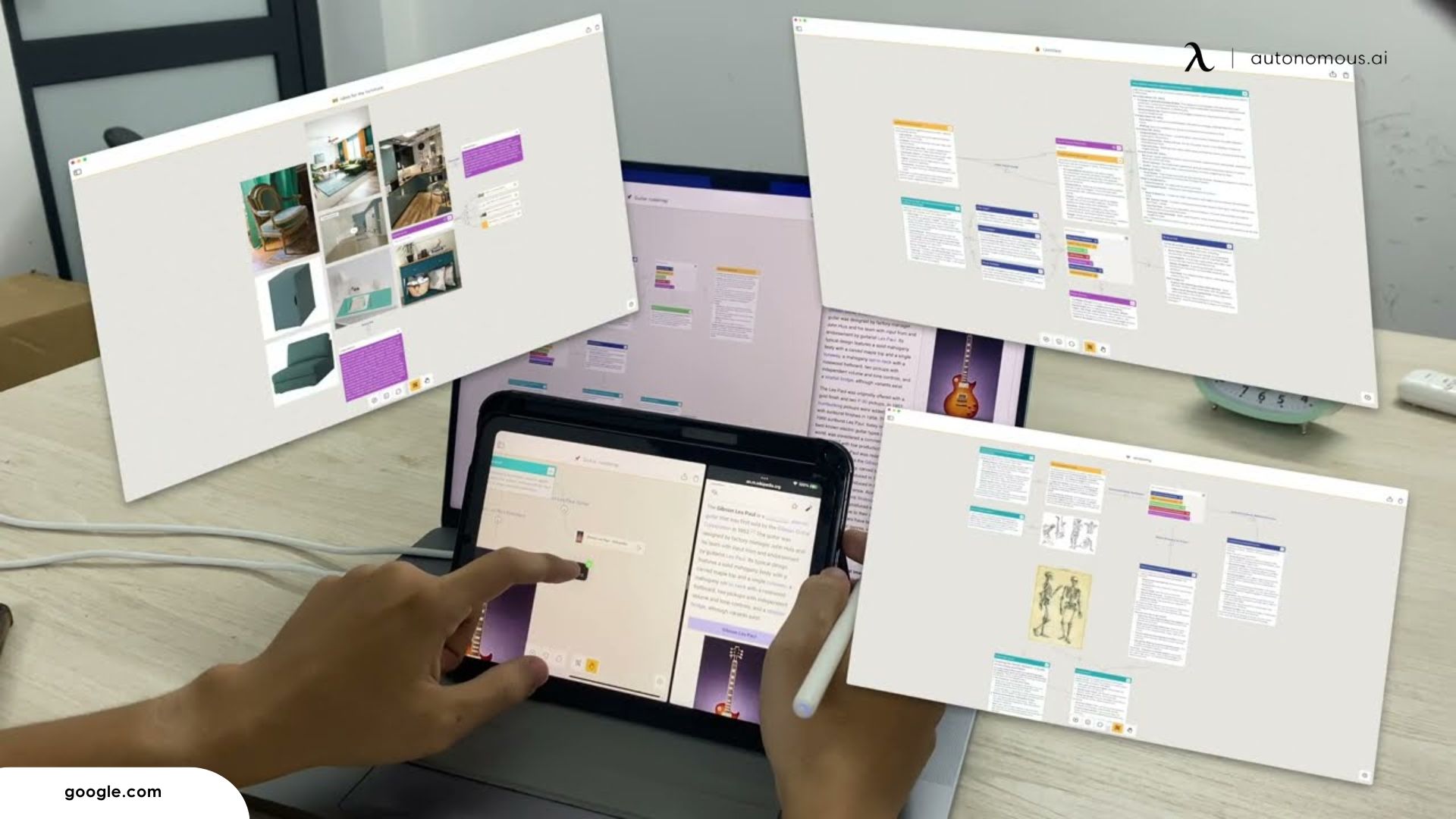
Configure Live Chat Bot Assistants That Operators Can Trigger Manually
Some businesses set up live chat bots as assistants, which live agents can activate on demand. For example, if a customer requests a product recommendation, the agent might initiate a bot that filters through options based on the customer’s criteria. This “bot assistant” approach allows agents to deliver faster responses while retaining control over the interaction.
Leave an Option to Contact Human Representatives
For a successful chatbot-live chat setup, it’s critical to provide customers with an option to speak with a live representative if they prefer. Clearly displaying a button to “Speak with an Agent” reassures customers that they can reach human support when needed. Configuring notifications for high-priority cases allows your support team to stay aware of conversations that need immediate attention.
For more on customizing your approach with AI, read about AI for live chat and private AI for tools that support secure and efficient interactions.
Monitor Your Results
Once you’ve implemented a chatbot-live chat system, track performance metrics such as first-response time, customer satisfaction, conversion rates, and resolution time. These KPIs offer insights into how well the chatbot is handling routine questions, where live chat is most effective, and if adjustments are needed to improve the experience.

Conclusion
The choice between chatbots and live chat depends on your business’s unique needs. Chatbots are ideal for high-volume, repetitive inquiries and are often cost-effective for small teams. Live chat, on the other hand, provides the personal touch that customers value in complex or sensitive situations. Many businesses find success by combining the two, offering both instant responses and human assistance when necessary.
Evaluating your customer needs, budget, and support objectives will help determine which option is best—or if a hybrid approach could provide a balanced solution. For more on using AI to support your business, explore our articles on AI language models and AI chat tools for powerful enhancements to customer support.
Bleiben Sie mit uns in Verbindung!
Abonnieren Sie unsere wöchentlichen Updates, um über unsere neuesten Innovationen und Community-Neuigkeiten auf dem Laufenden zu bleiben!
Sag es weiter


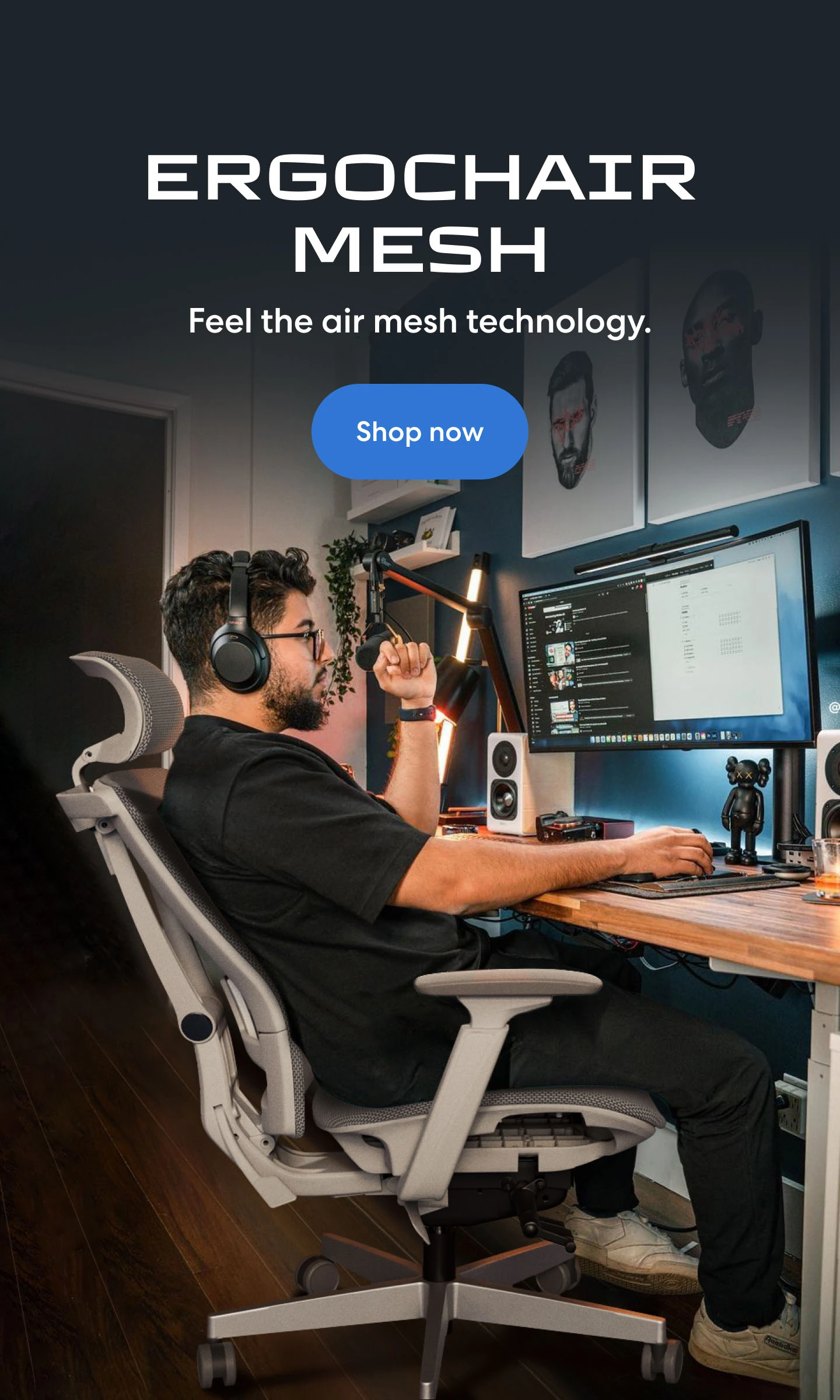
/https://storage.googleapis.com/s3-autonomous-upgrade-3/production/ecm/230914/bulk-order-sep-2023-720x1200-CTA-min.jpg)

/https://storage.googleapis.com/s3-autonomous-upgrade-3/production/ecm/230922/DanielAnderson.jpg)